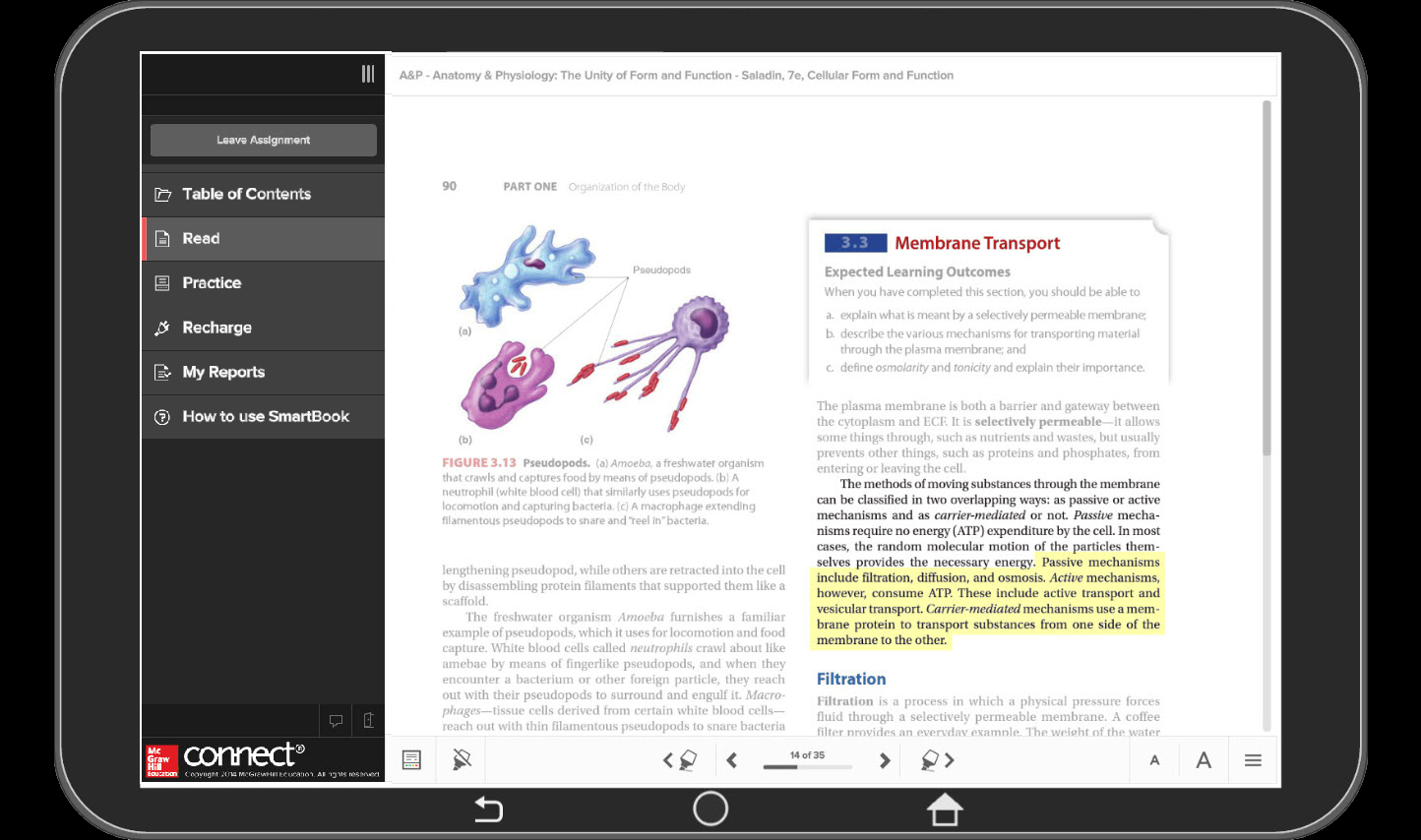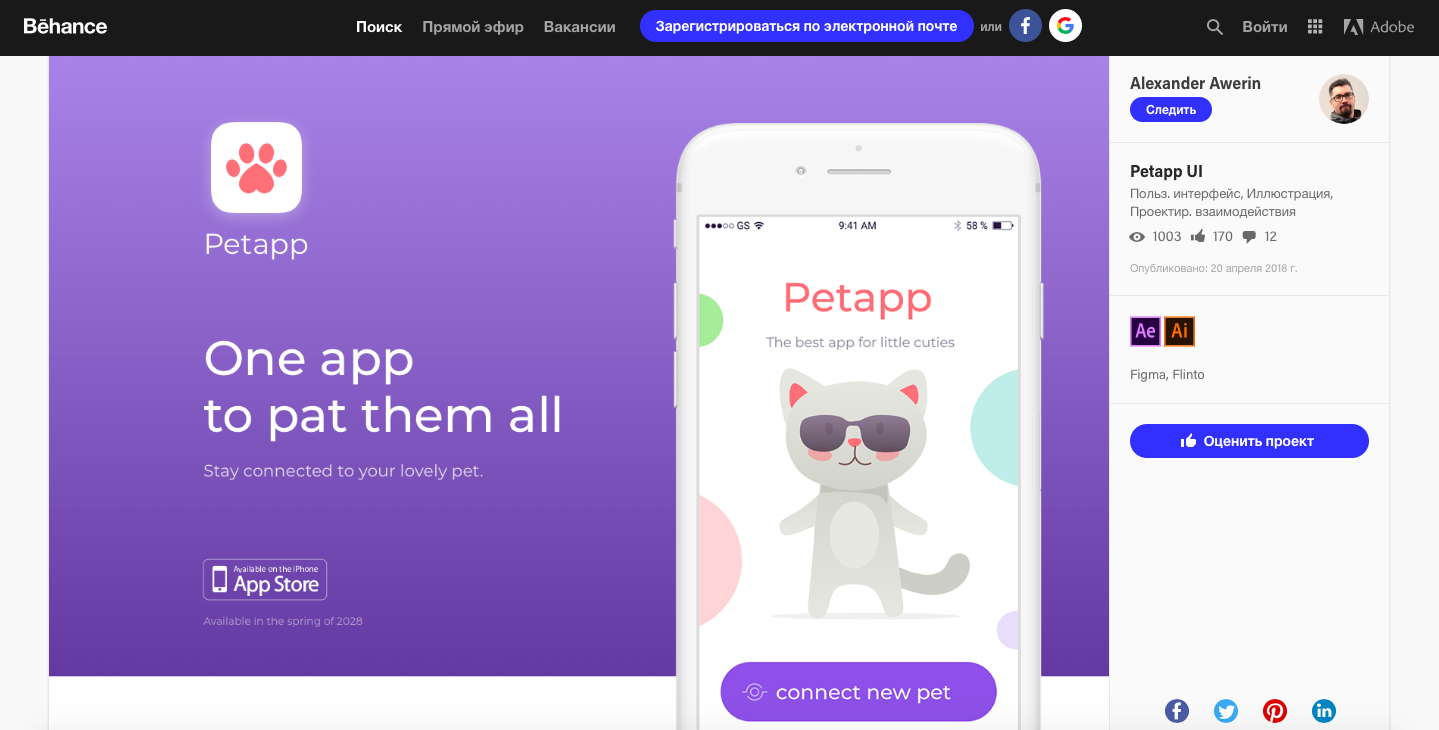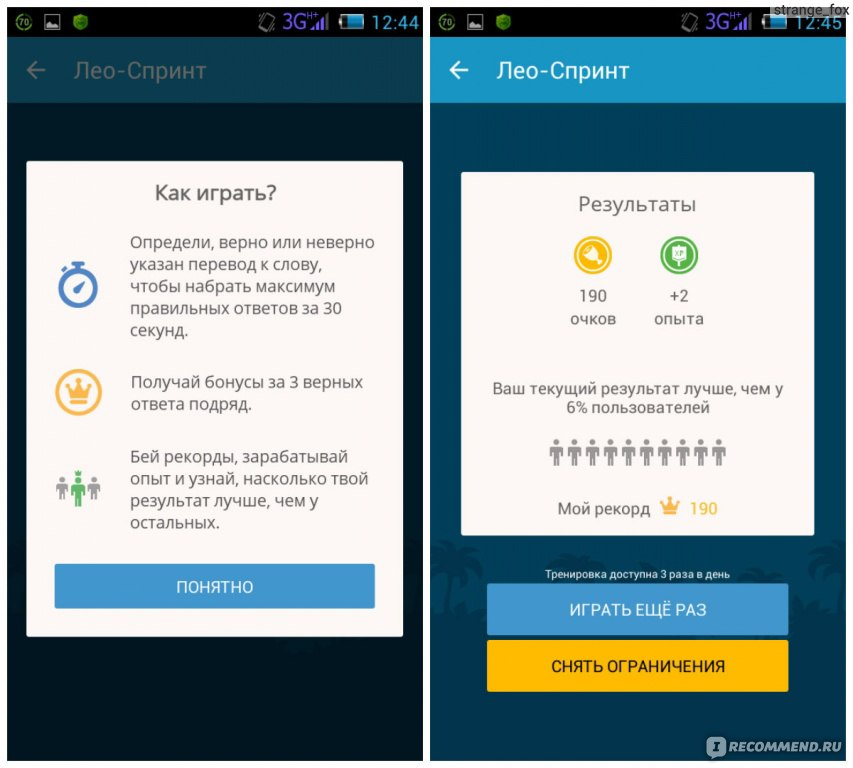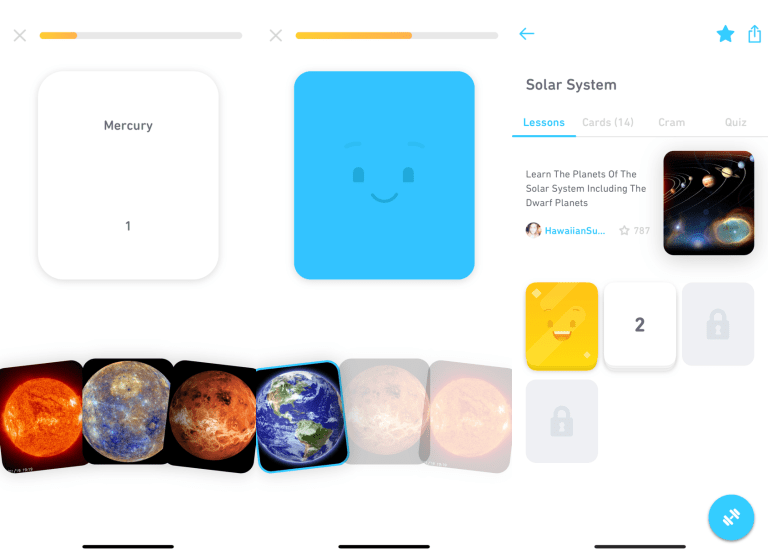Online Education Trends: TED, LinguaLeo, Knewton, and More

What today has become a large and mature digital technology market was built by the hands of self-taught enthusiasts. Fifteen to twenty years ago, no one taught website design, and universities did not graduate programmers specializing in the web. Today, the entry threshold is much lower, largely due to the availability of education: the Internet is full of online courses. And that’s good (if you don’t get into all kinds of “become a C ++ programmer in three days and get 200K”).
We have collected our top 5 trends in online education (and indeed in training in general), which seem to us especially important. At the end of the article is a survey, we hope that you will agree to participate and note which trends seem most relevant to you.
Adaptive learning
The main task of adaptive learning is to develop an individual educational program for everyone. When compiling such a program, the student’s desire to improve certain knowledge is taken into account. Adaptive learning also constantly monitors factors that influence learning success. The author of the program selects the optimal format of materials, tries to maintain the interest of the student throughout the course.
Examples of platforms that specialize in personalizing learning are Knewton, CogBooks, Acrobatiq, and McGraw Hill Education.
The latter company has one of the adaptive learning tools - specialized books Smart Books. These are electronic books, the content of which can change as the student progresses in the program. Success and failure are recorded, and the neural network analyzes the information collected. Over time, the textbook begins to pay maximum attention to those moments where the student needs to “push”. It is interesting that monitoring is conducted not only in relation to an individual listener: specialists and corresponding software can evaluate the success of the whole group or class. If most students at any point in the program are difficult, then in Smart Books this topic is discussed in more detail.

In general, adaptive learning allows you to find a middle ground between the method of teaching and the needs of each student in obtaining the knowledge and experience they need.
Virtual and Augmented Reality
Most often, VR and AR are used for entertainment (it would be, after all, even a VR-strawberry has appeared), but the possibilities of virtual and augmented realities are much wider: they can and should be used in work and training.

Source: Affinity VR
Take VR. Once, developers of a virtual biochemical laboratory were shown at TED, which enabled students in video glasses to work with equipment, which at best they could touch only in a few years. We are talking about expensive professional systems that are used to conduct biochemical reactions or study strains of bacteria.
In most cases, an ordinary student is simply told about modern working methods, from time to time conducting simple practical exercises. In the best case, such a student will get acquainted with the equipment in a photo, diagram or video. In a virtual laboratory, he has the opportunity to work with virtual components completely immersed in the conditions in which professionals work: you can experiment, keep a laboratory journal, share information with colleagues.
Augmented reality (AR) is another learning component that allows you to see hints, tips, a description of objects falling into the camera’s lens of a smartphone or video glasses. An example is the training of a young information security specialist in a data center or the practice of medical students in a clinic.

Studying dinosaurs with AR. Source: Derek E. Baird
AR can be used both at school and at the institute, in continuing education courses.
Social and competitive factors
It is difficult to point out some basic principles of work, everything can change. But the fact that the social factor helps to learn has been proven for a long time. Some of us (the vast majority) are stimulated by the successes of others. Understanding this principle, developers of various trackers, including Fitbit Flex 2 and Garmin VivoSmart, are introducing social “competitions” into their software.

We at Skillbox are actively using the competitive factor. For example, at a recent design intensive, the author of the best thesis received an iMac, and three other students received an internship at AIC. Skillbox Intensive Student

Graduation Work
In addition, according to experts, about 70% of people receivenew knowledge and experience through social networks and informal relationships. Training can take place thanks to forums, wiki pages, chat rooms. Why is that? Perhaps joint training helps reduce the feeling of isolation, improves the efficiency of information transfer.
Another social component is gamification. All the same learning processes go much better in a playful way. Software developers for learning foreign languages often introduce such elements into their applications - receiving game currency, the ability to compare their results with the training results of other participants in the system, etc.

Lingua Leo App
This technique uses LinguaLeo in his application for learning English. The user sees how well he has advanced in comparison with other participants in the system.
We also try to experiment with game mechanics: for example, our PhotoshopBattle takes place in several rounds on the principles of the elimination game. 8 designers of the country take part in it, fighting with each other for the title of the best.
Micro learning
Another modern approach that allows you to master a small amount of material in a short period of time. A specific program is taken, and the process of obtaining knowledge is divided into short classes, the duration of which is literally a few minutes. An example is the same foreign languages. Many online language services are recommended to be practiced little by little, at intervals of 5-10 minutes, several times a day.
Mobile applications, short videos, animation (including text), infographics are ideal for micro-learning.
Due to the breakdown into small portions, knowledge is better acquired :. a person does not have time to get tired and remembers everything read and viewed. The advantages of micro-learning are an increased concentration of attention, accessibility (you can learn anything at any time, almost anywhere), modularity and flexibility.
Another example of micro-learning is Coursmos courses , whose users learn about different topics with the example of videos lasting 1-3 minutes. An example of hybrid micro-learning (that is, micro-learning is combined with another method) is Duolingo’s Tinycards service for children: it offers the opportunity to study, for example, astronomy using cards. Each card depicts an object for study and its description.

Mentoring
One way to convey practical experience is through mentoring.
The mentor transfers his knowledge to the ward, directs, prompts and, most importantly, motivates - that is, performs the role of not just a lecturer, but also a teacher in the true sense of the word.
Today, information technology and telecommunications allow the learner to find the mentor thousands of kilometers away - and that's great.
There is no limit to perfection
In general, the trends mentioned above are far from all: modern education is much deeper and more complex. For effective training, you can use both different methods individually, and a combination of several of them.
In the following articles we will tell how we do our own courses - it is not always as simple as we would like.

Only registered users can participate in the survey. Please come in.
